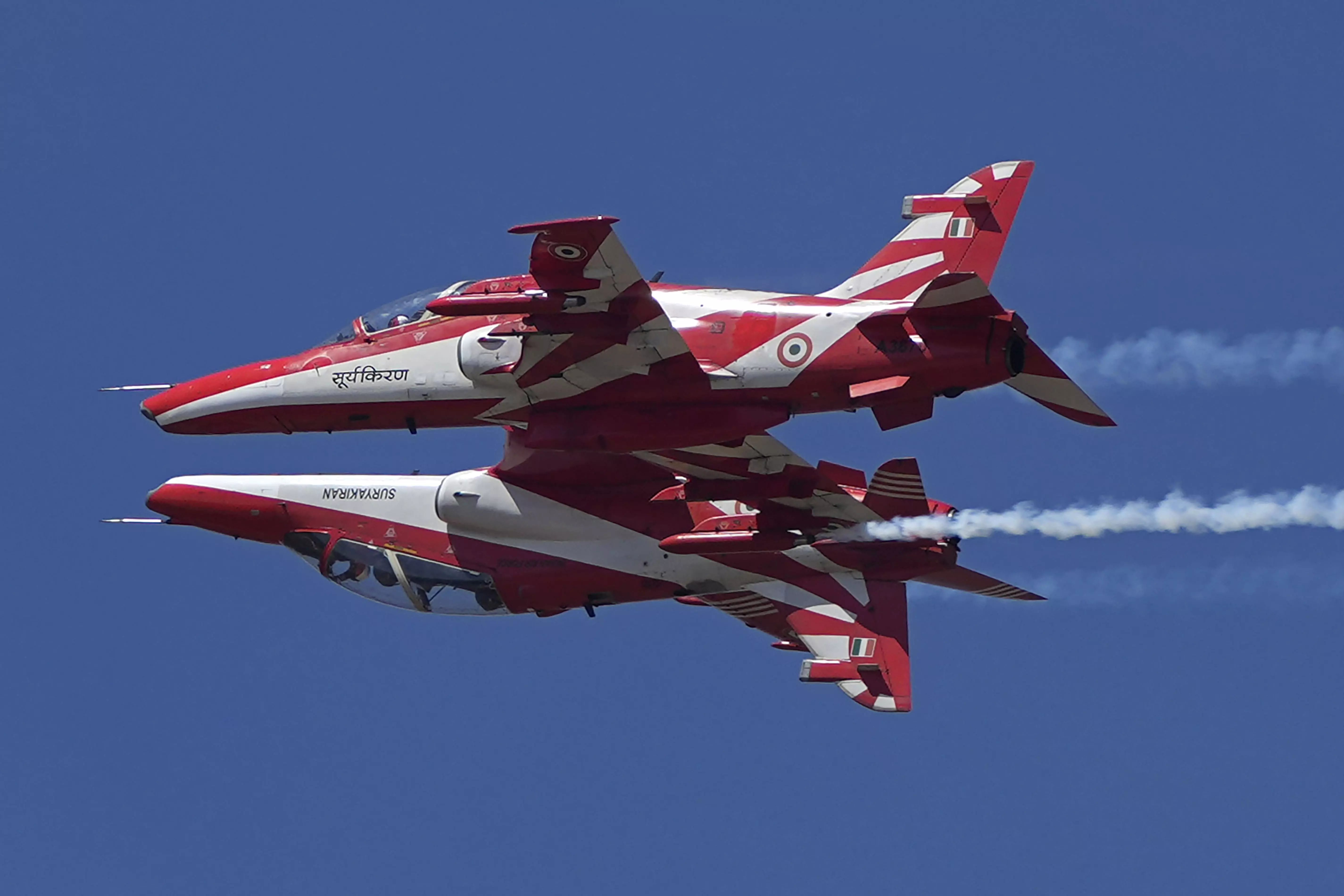AA Edit | IAF chief's HAL rap overdue
Regardless of the complexity of the project, the government must not make the IAF perennially wait for HAL’s Tejas aircraft

Indian Air Force (IAF) chief Air Chief Marshal A.P. Singh’s plain-talk censuring the Hindustan Aeronautics Limited for delay in the delivery of long-overdue Light Combat Aircraft Tejas has come at the most opportune time, when all major global defence suppliers are in the country to take part in Aero India 2025.
Though the Air Chief Marshal’s remarks could be considered insulting for HAL, it spotlights the seriousness of the depletion in fighter aircraft that the Indian Air Force has been facing for quite some time. India has around 31 combat squadrons or around 556 jets, as against the sanctioned strength of 42 squadrons or 756 jets — reflecting a shortage of 200 fighter jets. This compares with 142 squadrons our neighbouring countries have — Pakistan’s 20 squadrons, Bangladesh’s 12 squadrons and China’s 110 squadrons.
India, however, exclusively pinned its hopes on Tejas fighter aircraft. HAL was supposed to deliver 40 Tejas Mk1 jets, which it ordered in 2010. The PSU also needs to deliver 83 Tejas Mk1A jets, upgraded variants of the fighters currently in service, which IAF ordered in 2021 — together making for about seven squadrons for the air force. However, Air Chief Marshal Singh’s lack of confidence in HAL hints at desperation among Indian air fighters.
The LCA project, which was conceived in 1984 during the Indira Gandhi government, faced significant technology apartheid. The pace of research in India on aircraft is so slow that by the time our companies come with something it gets outdated.
Regardless of the complexity of the project, the government must not make the IAF perennially wait for HAL’s Tejas aircraft. The most important issue for the government is restoring IAF’s minimum deterrence — with at least 75 squadrons — against Pakistan, Bangladesh and China, either through locally-produced jets or foreign produced ones. The government should also reform India’s defence research establishment and manufacturing capacities to match with the global trend, without which India can never be called a global power.
